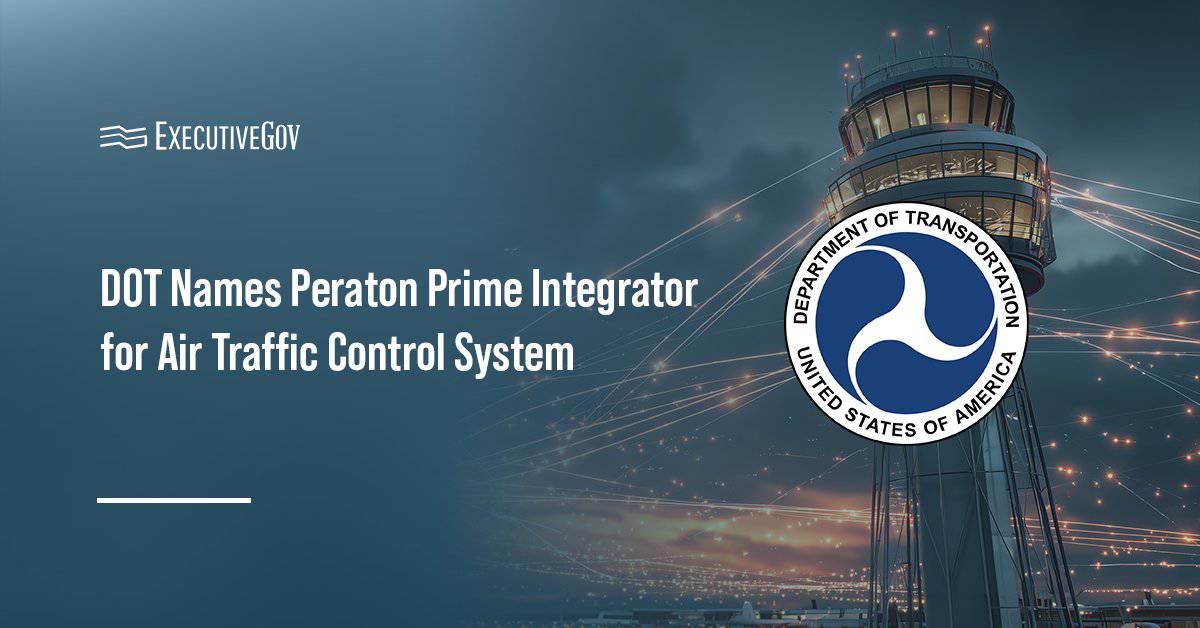The U.S. Marine Corps Systems Command has been deploying since September a new box-shaped robot that enables the remote identification and neutralization of underwater explosives in depths of up to 1,000 feet, National Defense Magazine reported Tuesday.
The Strategic Robotic Systems Fusion-designed robot is the first of the service branch’s Littoral Explosive Ordnance Neutralization Family of Systems that are aimed at supporting the Marines’ underwater operations.
Master Sgt. Matthew Jackson from the 1st Explosive Ordnance Disposal Company shared that the system features high-definition video capabilities, an articulator arm, sound navigation technologies and sonar sensors that would allow Marines to detonate threats from a safe distance.
Jackson noted that training for robot operations would require only around four days, shorter than the seven-week courses for in-person threat neutralization missions.





